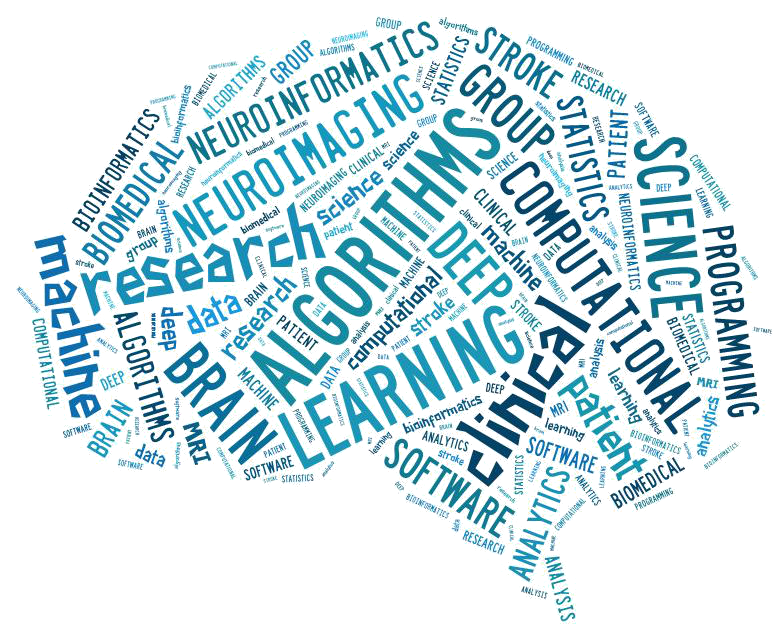Thomalla G, Boutitie F, Ma H, Koga M, Ringleb P, Schwamm LH, Wu O, Bendszus M, Bladin CF, Campbell BCV, Cheng B, Churilov L, Ebinger M, Endres M, Fiebach JB, Fukuda-Doi M, Inoue M, Kleinig TJ, Latour LL, Lemmens R, Levi CR, Leys D, Miwa K, Molina CA, Muir KW, Nighoghossian N, Parsons MW, Pedraza S, Schellinger PD, Schwab S, Simonsen CZ, Song SS, Thijs V, Toni D, Hsu CY, Wahlgren N, Yamamoto H, Yassi N, Yoshimura S, Warach S, Hacke W, Toyoda K, Donnan GA, Davis SM, Gerloff C, of unknown thrombolysis trials investigators EOS (EOS). Intravenous alteplase for stroke with unknown time of onset guided by advanced imaging: systematic review and meta-analysis of individual patient data. Lancet 2020;396(10262):1574-1584.Abstract
BACKGROUND: Patients who have had a stroke with unknown time of onset have been previously excluded from thrombolysis. We aimed to establish whether intravenous alteplase is safe and effective in such patients when salvageable tissue has been identified with imaging biomarkers. METHODS: We did a systematic review and meta-analysis of individual patient data for trials published before Sept 21, 2020. Randomised trials of intravenous alteplase versus standard of care or placebo in adults with stroke with unknown time of onset with perfusion-diffusion MRI, perfusion CT, or MRI with diffusion weighted imaging-fluid attenuated inversion recovery (DWI-FLAIR) mismatch were eligible. The primary outcome was favourable functional outcome (score of 0-1 on the modified Rankin Scale [mRS]) at 90 days indicating no disability using an unconditional mixed-effect logistic-regression model fitted to estimate the treatment effect. Secondary outcomes were mRS shift towards a better functional outcome and independent outcome (mRS 0-2) at 90 days. Safety outcomes included death, severe disability or death (mRS score 4-6), and symptomatic intracranial haemorrhage. This study is registered with PROSPERO, CRD42020166903. FINDINGS: Of 249 identified abstracts, four trials met our eligibility criteria for inclusion: WAKE-UP, EXTEND, THAWS, and ECASS-4. The four trials provided individual patient data for 843 individuals, of whom 429 (51%) were assigned to alteplase and 414 (49%) to placebo or standard care. A favourable outcome occurred in 199 (47%) of 420 patients with alteplase and in 160 (39%) of 409 patients among controls (adjusted odds ratio [OR] 1·49 [95% CI 1·10-2·03]; p=0·011), with low heterogeneity across studies (I2=27%). Alteplase was associated with a significant shift towards better functional outcome (adjusted common OR 1·38 [95% CI 1·05-1·80]; p=0·019), and a higher odds of independent outcome (adjusted OR 1·50 [1·06-2·12]; p=0·022). In the alteplase group, 90 (21%) patients were severely disabled or died (mRS score 4-6), compared with 102 (25%) patients in the control group (adjusted OR 0·76 [0·52-1·11]; p=0·15). 27 (6%) patients died in the alteplase group and 14 (3%) patients died among controls (adjusted OR 2·06 [1·03-4·09]; p=0·040). The prevalence of symptomatic intracranial haemorrhage was higher in the alteplase group than among controls (11 [3%] vs two [<1%], adjusted OR 5·58 [1·22-25·50]; p=0·024). INTERPRETATION: In patients who have had a stroke with unknown time of onset with a DWI-FLAIR or perfusion mismatch, intravenous alteplase resulted in better functional outcome at 90 days than placebo or standard care. A net benefit was observed for all functional outcomes despite an increased risk of symptomatic intracranial haemorrhage. Although there were more deaths with alteplase than placebo, there were fewer cases of severe disability or death. FUNDING: None.


